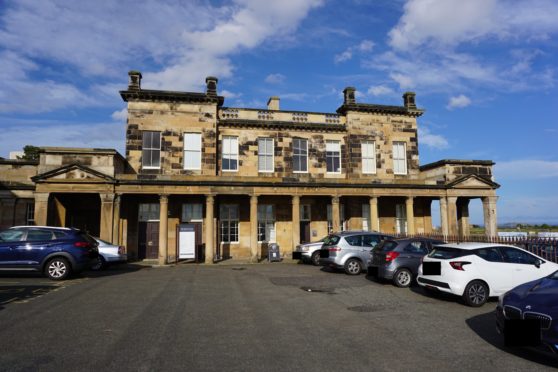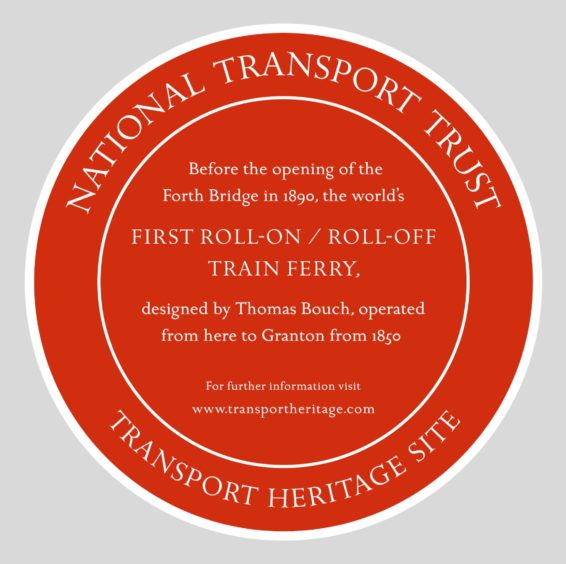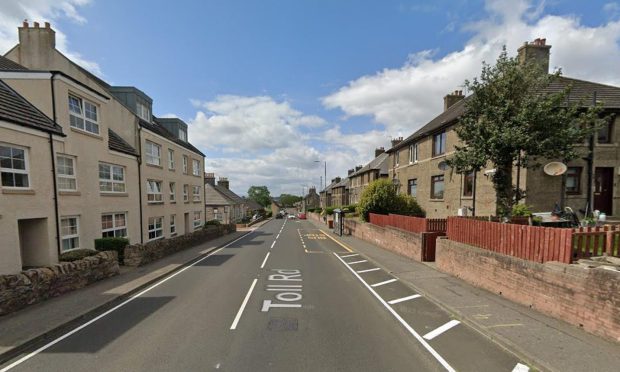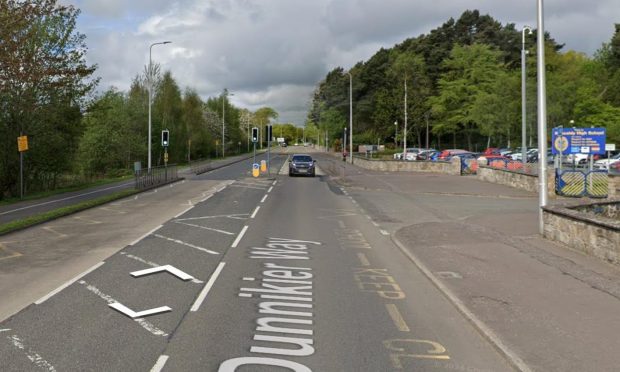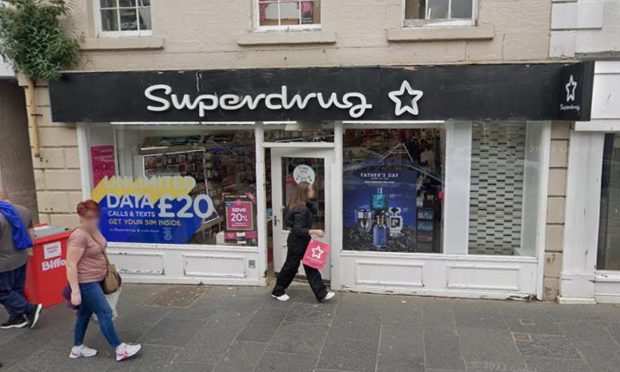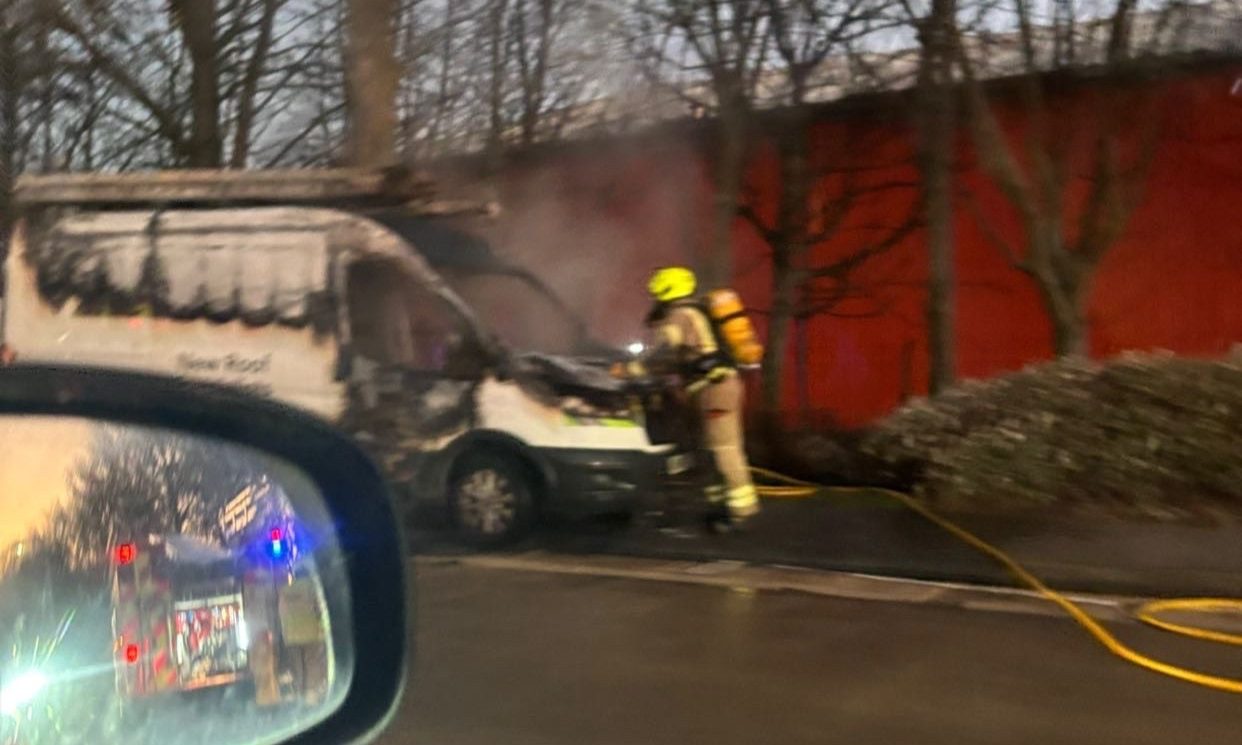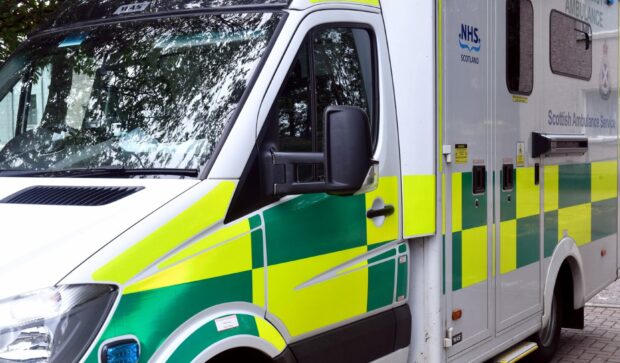Burntisland is in line for a major boost amid plans to commemorate the site of the world’s first ever roll-on roll-off train ferry.
The town’s iconic Old Station House has been pinpointed as an ideal location for a prestigious Red Wheel, as part of the National Transport Trust’s heritage plaque scheme.
The project seeks to highlight the country’s most important sites of transport heritage and bring them to the attention of a wider and younger audience by erecting the distinctive plaques, backed up with a comprehensive website.
More than 120 Red Wheels have been placed across the UK but only a handful have been put up north of the border – meaning Burntisland’s Old Station House will be ranked alongside the likes of Wemyss Bay Station and the Glenfinnan Viaduct.
The National Transport Trust has applied for listed building consent to erect the plaque in a prominent place on the former terminus railway station at Burntisland, making it a focal point for visitors.
A spokesperson for the National Transport Trust said the Old Station House was a “fascinating location” worthy of a Red Wheel.
“The siting is such as to be accessible to everyone visiting the location and is one of over 120 Red Wheels around the UK promoting an interest in transport heritage.
“This particular location was chosen for the buildings use as part of this ‘integrated transport’ solution from 1850 and as any using the current Burntisland Station will see it.
“The Trust has the support of the Burntisland Heritage Trust and they hope to be able to place some interpretation panels nearby that expand upon the story of the ferries and the railway.”
The plaque will highlight the significance of the site, as the site of the world’s first roll-on roll-off ferry before the opening of the Forth Bridge in 1890.
Prior to the rail bridge’s construction, transfer of rail vehicles required a journey up to Stirling until Thomas Bouch developed the roll-on roll-off ferry crossing between Burntisland and Granton.
Bouch devised a “flying bridge” that allowed wagons to be winched on and off the flat-decked ferries at all states of the tide.
That service started on March 1, 1850, and in the first 13 months, carried more than 29,000 wagons.
